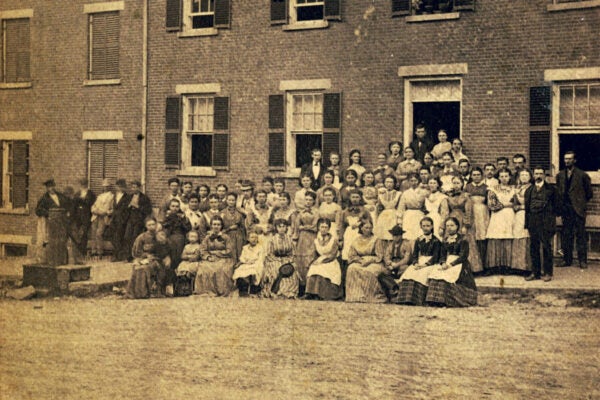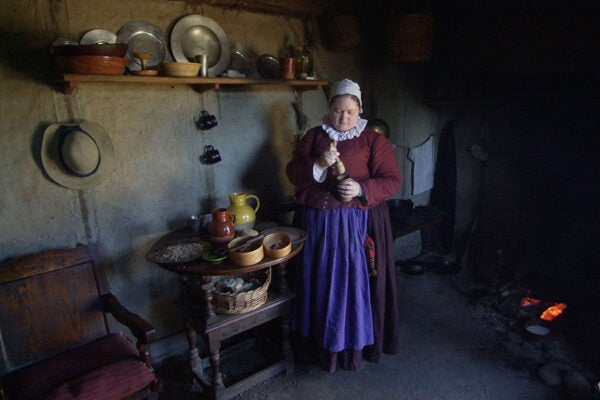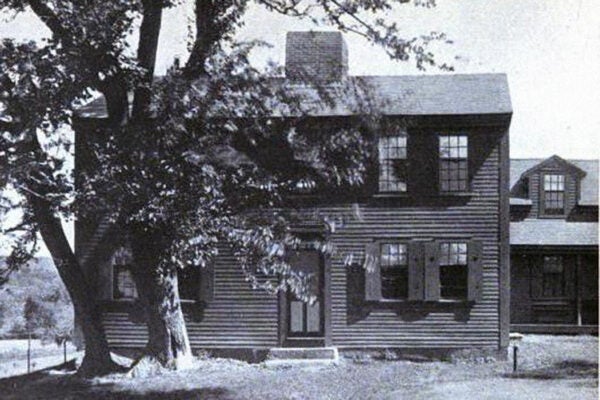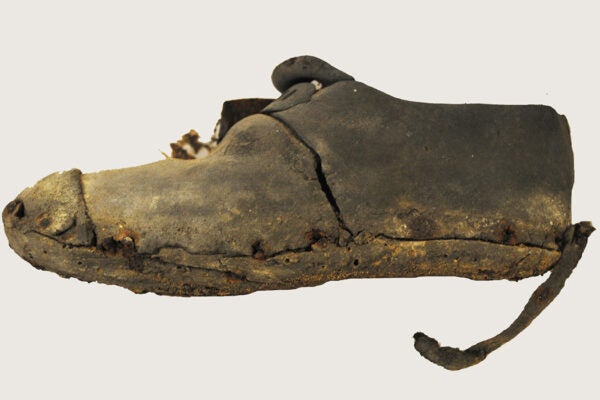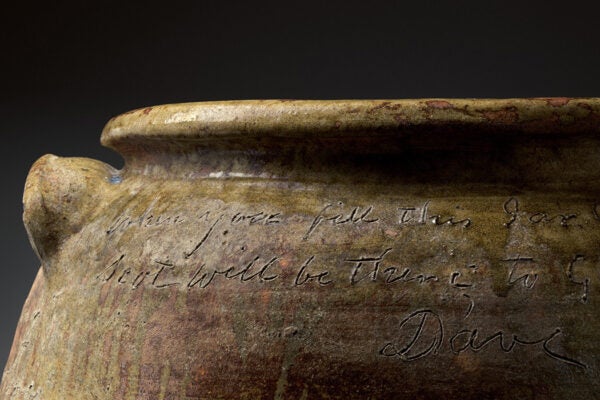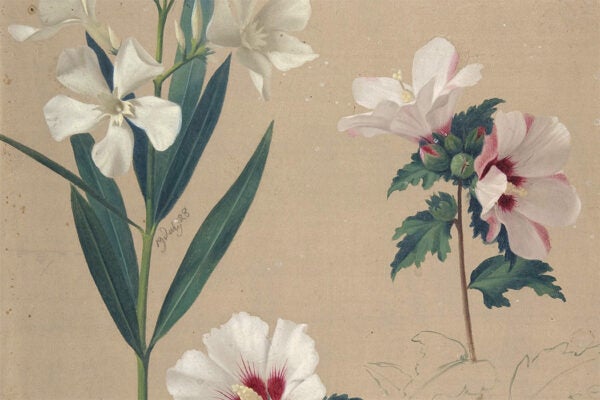In the Sharing Garden
How one family physician fosters food justice, social connectivity, and better health at a local community garden.
Lowell’s Forgotten House Mothers
As vital to the success of industrial New England as the mill girls who toiled in the factories were the women who oversaw their lodging.
Reclaiming a Coal Town
When the coal business tanked in the 1930s, the company town of Pardeesville, Pennsylvania, briefly transformed itself through collective action.
The Countercultural History of Living Museums
In the 1960s and ’70s, guides began wearing period costumes and farming with historical techniques, a change that coincided with the back-to-the-land movement.
The Alcott Anarchist Experiment
The failures at Fruitlands showed that anarchist and vegetarian ideals weren’t enough to sustain a community—spiritually or nutritionally.
The Magic of a Crooked Sixpence
Coins were used for centuries in many ritual contexts, but the English silver sixpence was a particularly common charm—for several reasons.
Dave the Potter’s Mark on History
An enslaved African American in South Carolina did the unthinkable, writing his name on the walls of his vessels—and forever inscribing history.
Plant of the Month: Hibiscus
Nearly synonymous with the global tropics and subtropics, hibiscus symbolizes the Caribbean’s transnational past, present, and future.
Plant of the Month: Cork
Why is cork so strongly associated with bottle stoppers? The answer goes back centuries.

